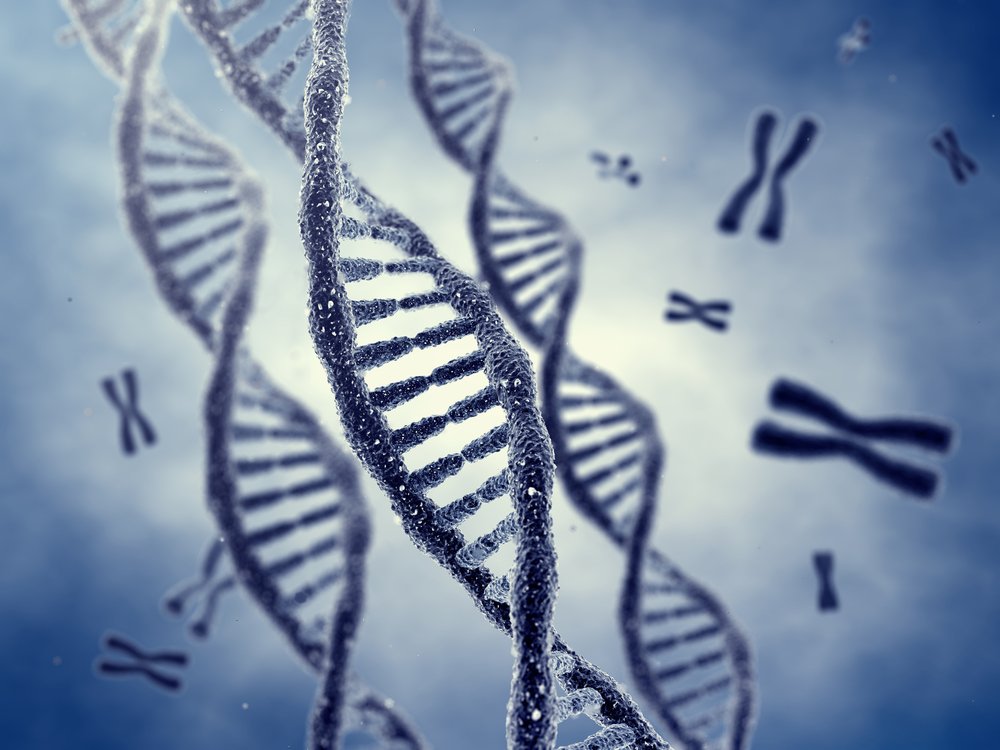Silent CFTR Mutation Has Negative Effect on Its Protein, After All

So-called silent gene mutations in the cystic fibrosis (CF)-causing CFTR gene are not necessarily silent at all. A research team discovered that one such mutation also causes the resulting protein to have a poor function.
The insights put the spotlight on the complexity of CF genetic causes, but also advances the understanding of how genetic variability can impact our biology in more subtle ways.
The study reporting the findings, titled “Alteration of protein function by a silent polymorphism linked to tRNA abundance,” was published in the journal PLOS Biology.
Until now, researchers thought that about 1,700 of the identified 2,000 mutations in the CFTR gene can cause CF. The remaining had not been linked to disease. Among them are so-called silent mutations — the change of one DNA base that does not give rise to an altered amino acid sequence in the protein.
An international research team, led by scientists from the University of Hamburg in Germany and the University of Bristol in the U.K., decided to take a closer look at one of these silent changes, a mutation called T2562G.
It soon became obvious that the single change in a DNA base was not silent at all. In cell experiments, the team noted that the mutation led to about 25 percent less CFTR protein. A closer look revealed that the protein was, in part, retained inside the cells instead of being transferred to the cell membrane, as is the case with normal CFTR proteins.
Although the protein had the same amino acid sequence as normal CFTR, researchers detected subtle changes in its three-dimensional structure. The low protein levels were likely caused by these changes being detected by the cellular quality control machinery, which sent the protein for destruction.
But the tiny changes affected the protein in another way, as well. Looking at how individual CFTR proteins — which act as chloride ion channels — were working, researchers detected something odd.
The mutation gave rise to two types of channel proteins. One behaved in a completely normal way, while the other was narrower and slowed the flow of chloride ions over the cell membrane.
But how can two proteins with the same amino acid sequence have different properties, the team wondered. The answer, it turned out, could be found in the protein-making machinery of the cell.
A gene is turned into a protein in several steps. First, a so-called messenger RNA (mRNA) makes a copy of the DNA sequence. The mRNA is composed of three-letter sequences that code for particular amino acids. Several such codes can, however, correspond to one amino acid, and the protein the team was investigating had changed the code, but not the corresponding amino acid.
When the mRNA enters the machinery that pairs its codes to amino acids, it is dependent on another component, called a tRNA. These tRNAs bind to the mRNA with the help of their own corresponding three-letter sequence to attach the correct amino acid.
But tRNAs with various three-letter codes are not equally common, and the one corresponding to the T2562G is particularly rare in lung tissue, the team discovered. This slowed the protein-making process, likely distorting the resulting shape of the protein.
The researchers speculate that the same mechanisms may also be at work in other proteins, and reveal how changes in the DNA — previously deemed insignificant — might influence the risk of disease, the specific symptoms shown, as well as the response to treatment.







